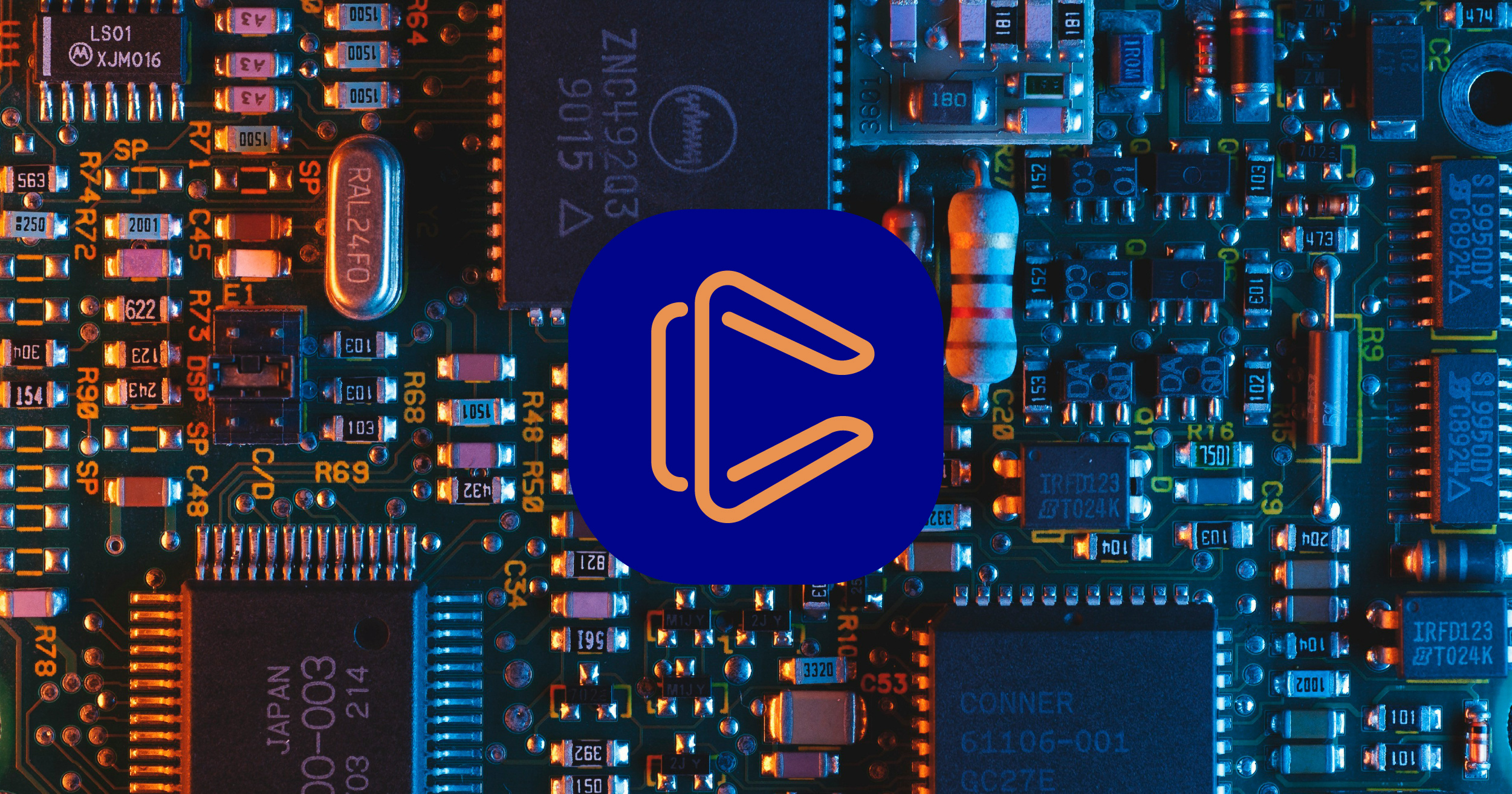Preparing Your Data for AI Implementation
Everyone wants AI. But is your data actually ready for it?
2 min read
 Jeff Rogers
:
Aug 19, 2025 11:09:42 AM
Jeff Rogers
:
Aug 19, 2025 11:09:42 AM

Your ERP system was perfect five years ago. Now it feels like trying to run a modern business with a flip phone. Adding new features takes forever. Simple reports require IT intervention. Your team spends more time fighting the system than using it to make decisions.
Sound familiar? You're not alone, and you don't have to choose between keeping your outdated system or throwing everything away and starting over.
Traditional ERP systems are like Swiss Army knives—they try to do everything but excel at nothing. Composable ERP is more like a professional toolkit where each tool excels at its specific job, and they all work together seamlessly.

Instead of one massive system handling finance, inventory, CRM, and everything else, you choose specialized software for each function and connect them through integrations. Your accounting team gets accounting software built by accounting experts. Your inventory team gets inventory tools designed specifically for their workflows
Gartner found that organizations using composable approaches introduce new features 80% faster than those stuck with monolithic systems. That's not a small improvement—it's the difference between responding to market changes in weeks versus months.
Think about it: when you need better customer relationship management, you can add a purpose-built CRM without replacing your entire ERP. When new regulations require different financial reporting, you can upgrade just that module.
One fashion retailer was trapped by their aging ERP system. Simple tasks like updating product information required multiple manual steps. Inventory accuracy was a constant problem. Customer service couldn't access order history quickly.
Instead of a massive system replacement, they took a composable approach:
The transformation delivered measurable improvements in inventory accuracy, customer service response times, and product launch speed—demonstrating how composable approaches can modernize operations without the risks of full system replacement.

Start with Your Biggest Pain Point: Don't try to replace everything at once. Identify the one system that causes the most daily frustration and replace that first. Often it's inventory management or customer data that needs immediate attention.
Plan for Integration: Your new components need to talk to each other. This means planning for APIs, data standards, and potentially middleware that handles the connections. Most successful implementations include an integration layer that manages all the communication between systems.
Think About Your Team: Each specialized tool should make your team's job easier, not more complicated. The best composable ERP implementations actually reduce the number of systems your team needs to learn because each tool is designed specifically for their tasks.
Beyond faster feature deployment, composable ERP offers advantages that aren't immediately obvious:
Improved employee satisfaction: Teams get tools designed for their specific workflows

Most companies start their composable journey by addressing their most critical integration needs. Maybe that's connecting your eCommerce site to your inventory system, or ensuring your customer service team can access order information instantly.
The key is starting with clear goals about what business problems you're solving, not just what technology you're implementing. When you focus on making your team's work easier and your customers' experience better, the technology choices become much clearer.
Your ERP transformation doesn't have to be a three-year project that disrupts your entire business. It can be a series of targeted improvements that deliver value quickly while building toward a more flexible future.
Compoze Labs specializes in composable ERP implementations that modernize your operations without the risk of full system replacements. We help you identify the right components for your business and integrate them seamlessly with your existing systems.

Everyone wants AI. But is your data actually ready for it?

It’s hard to imagine running a business without relying on data in some way. Yet many organizations still struggle with disjointed systems, outdated...

There’s a lot of pressure these days for businesses to automate their manual processes. Talk to any mid-level manager or director, and you’ll find...